18. Something Strange in Vancouver
There’s something strange taking up residence in the waters of Vancouver. This creature was found by a group of naturalists during the summer of 2017 in a highly populated area.
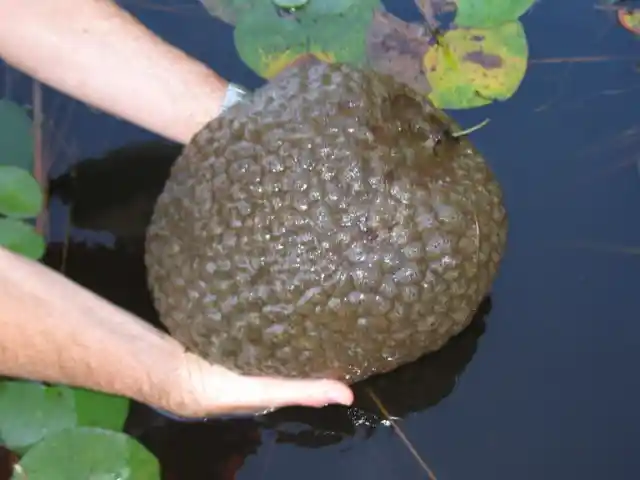
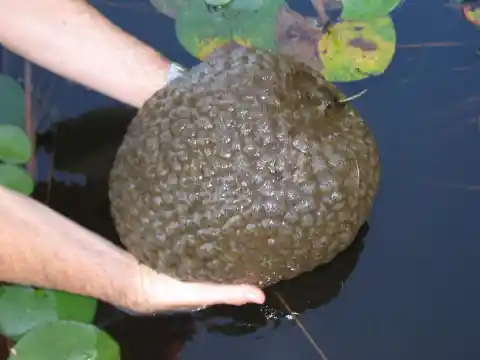
The discovery took the researchers by complete surprise, but not for the reasons you think. You won’t believe the truth behind this alien-like organism.
17. Stanley Park
Stanley Park is a designated green space that borders the downtown area of Vancouver.
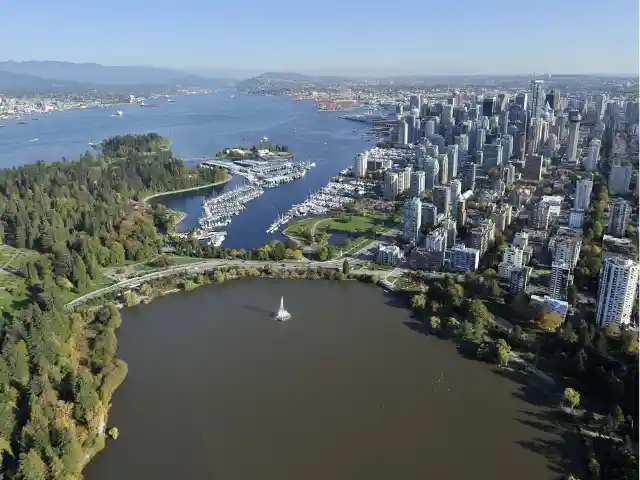

The park, which covers over 1.5 square miles, is actually not man-made. As the city of Vancouver evolved, the park slowly changed along with it.
16. The Lagoon
What’s very rare about Stanley Park is there are areas covered in thick forests from over 200 years ago. Some of these trees are over 250 feet tall. However, while the park itself is not man-made, there are places that were designed, one such place is the Lost Lagoon. The lagoon was designed by British architect Thomas Mawson in 1916.
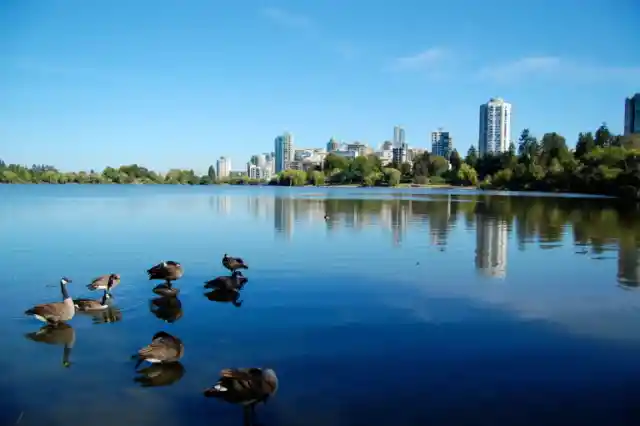
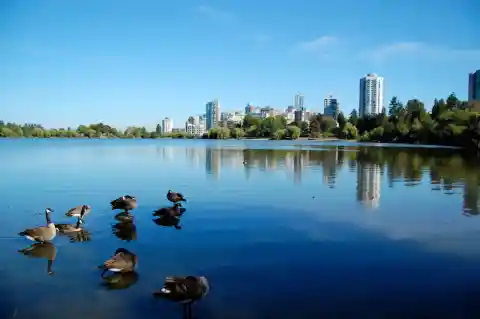
The reason for the name “Lost Lagoon” is due to its low tide, which actually causes the lake to disappear from time to time. A causeway was also designed to run next to the lake and tourists were allowed to explore the area beginning in the 1950’s; however, this was banned in the late ’70s when the lake became a bird sanctuary.
15. Stanley Park Ecology Society & The Bioblitz of 2017
The Stanley Park Ecology Society was established in 1995 so naturalists could explore the park and lagoon—these naturalists would be the ones to discover the strange blob creature. During the hot summer of 2017, the ecological society hosted a bioblitz, which refers to a bunch scientists conducting an intense biological study over a short period of time.
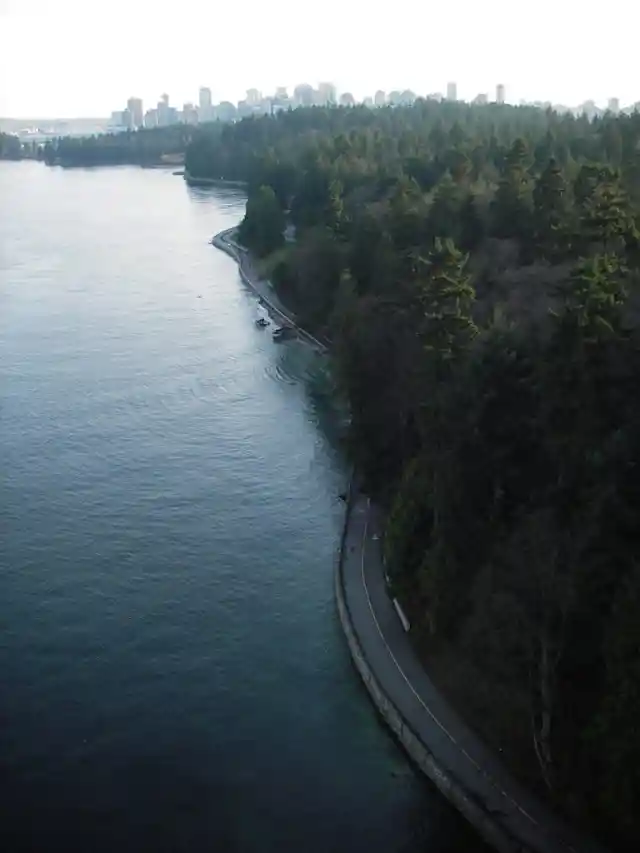
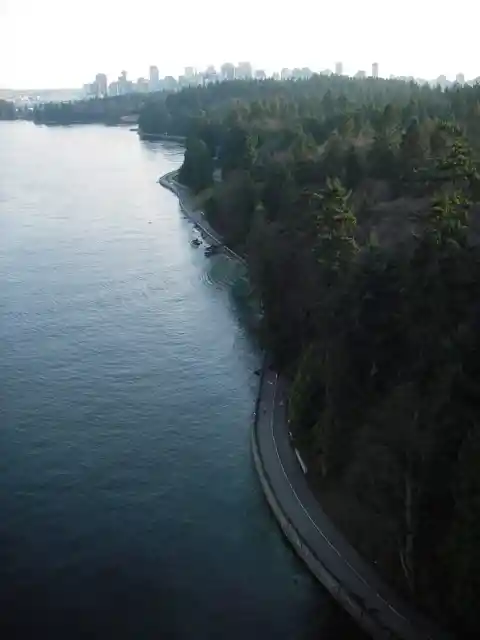
These events have become quite popular over the years because it is an easy way to introduce people to the biodiversity within Stanley Park. It was during one such bio blitz that this strange creature would be discovered.
14. Something Strange This Way Comes…
During a sweep of the shallow waters of the lagoon, some participants of the event discovered the strange blob in the marsh areas.
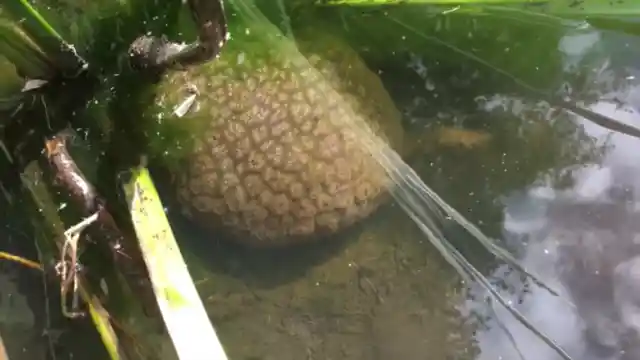
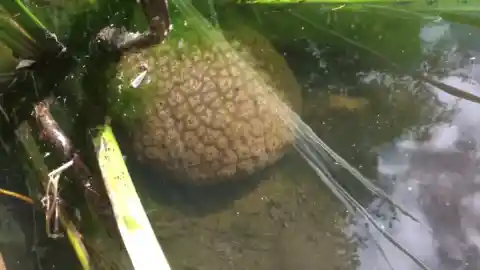
A very rare find, there had only been one other instance in British Columbia where this species was ever found. Is it possible it came from outer space?
13. It’s Creepy and Kooky
The spokesperson for the Stanley Park Ecology Society described the creature as "three-day-old Jello". While it was firm, it also was gelatinous and had the consistency of a chunk of goo.
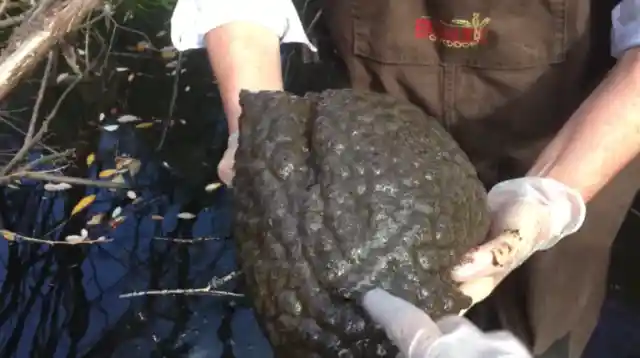
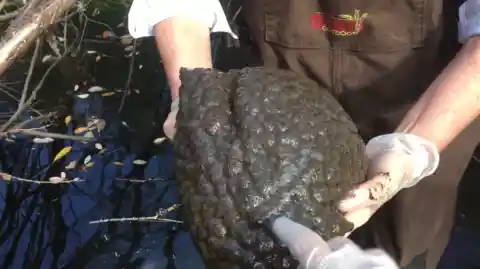
According to biologists, spotting these creatures can be very difficult in their natural environment, yet somehow these amateur naturalists had made the discovery of a lifetime.
12. A Rare Find
The rarity of discovering such a creature meant it was the perfect opportunity to document them as much as possible.
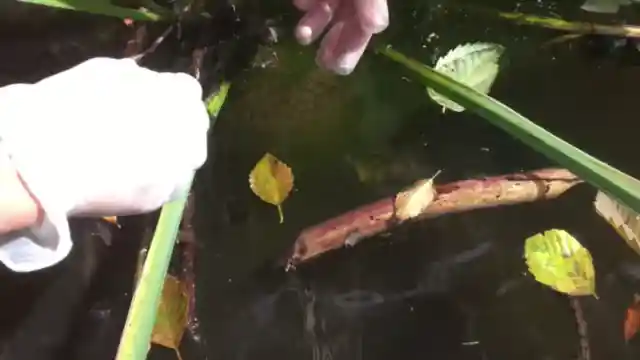
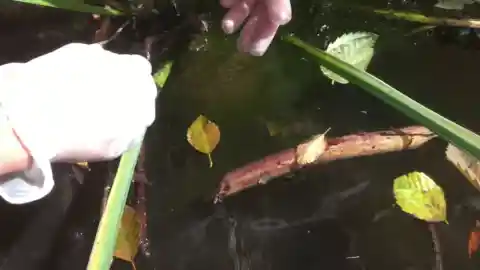
Since these creatures usually blended in with their natural surroundings, the naturalists would have to work quickly to record all they could during the bioblitz event.
11. An Organism Community
One interesting fact about these blobs of goo is they aren’t just a single organism. In fact, the creature is a collection of organisms all living together as one community.
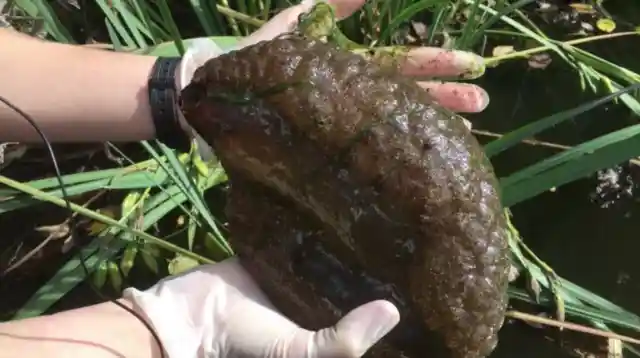

Located only in fresh water, the proper term for these creatures is bryozoan.
10. Discovered in the Filtration Pool
The bryozoan in Stanley Park was actually not found in the main body of the lagoon, but next to it in the lake’s filtration system.
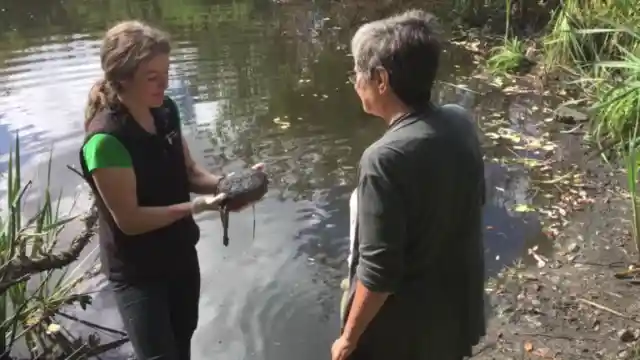
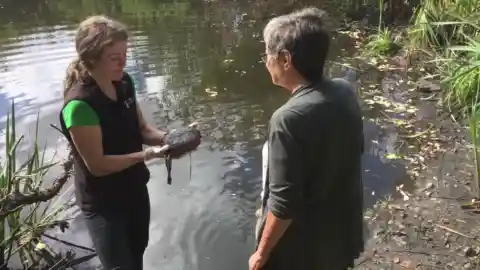
This is most likely due to the water being more shallow and stagnant, which is the perfect environment for the organisms to thrive.
9. The Gelatinous Colony
What’s interesting about these goo-like colonies is they have been around for millions of years.


In fact, researchers believe the bryozoan found today are indistinguishable from the ones that were on the planet all those years ago. Pretty neat, right?
8. The Perfect Environment for Growth
The bryozoan acts like moss in a sense that it works a mass of organisms that sweeps the water for food.
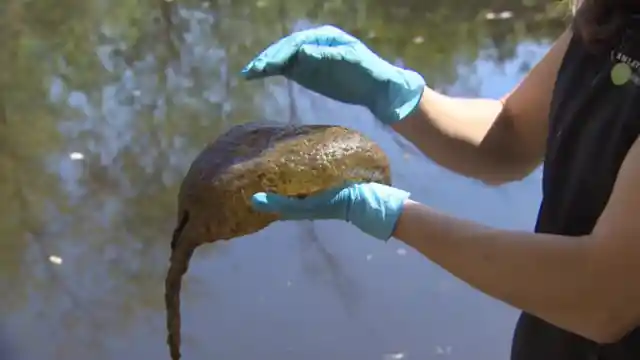
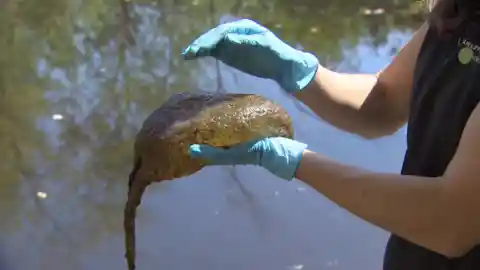
The nutrition that is cultivated from the water is then transformed into the jelly that binds them together. As the organism expands, the colony continues to grow.
7. A Great Defense Strategy
One reason the organisms join together in such large numbers is that they would easily be picked off by predators who were in search of an easy snack.
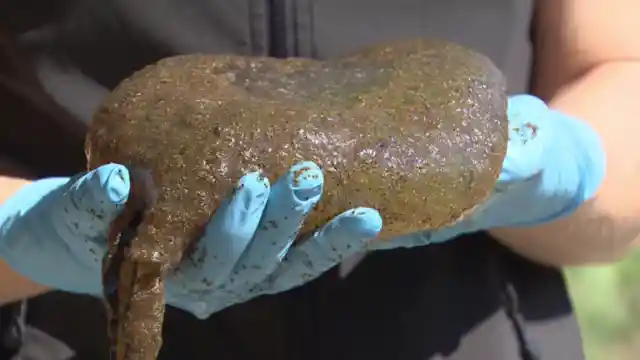
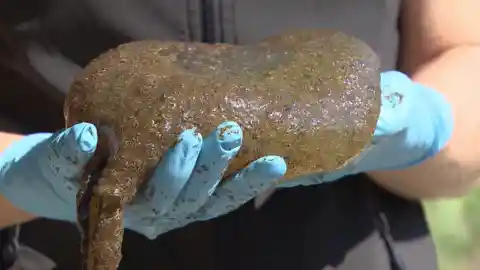
However, when they join together in large communities, the bryozoan are less likely to attract aquatic creatures looking for their next meal.
6. A Large Community
The researchers reasoned that there were so many bryozoan in the filtration area because of the lack of a current and the water was rich in nutrients that the organisms like to feed on.
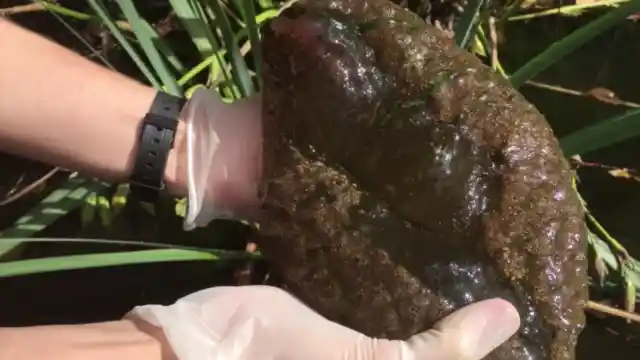
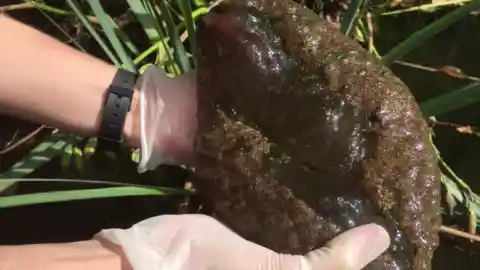
Since the filtration system removes the pollutants from the surrounding areas, the bryozoan community was able to thrive.
5. The Cold Begins to Seep In
Unfortunately, after the discovery, the bryozoans began to die off due to the cold temperatures swooping in during the fall. However, it’s important to know that not all is lost.
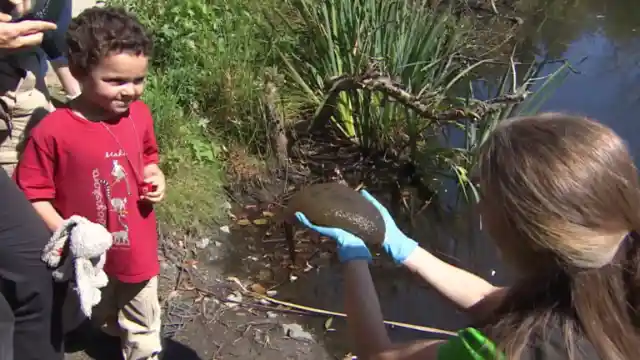
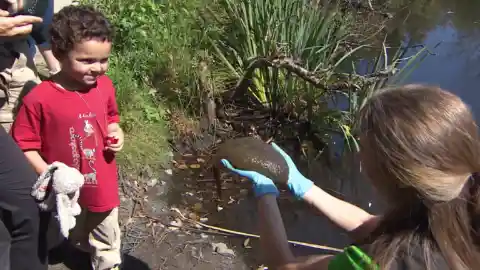
Before dying the creatures lay eggs that remain suspended until the temperatures warm up again. These eggs then hatch and the organisms begin to build new communities.
4. A Bright Future
The Stanley Park Ecological Society continues to be excited about the find and hopes to return to the area next summer to see if the strange creatures have returned.
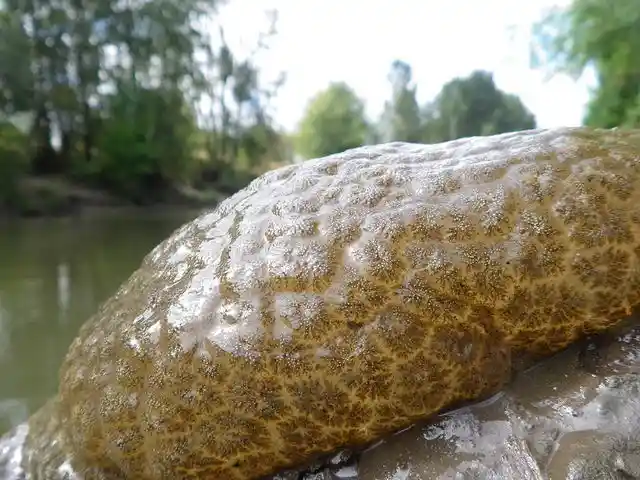
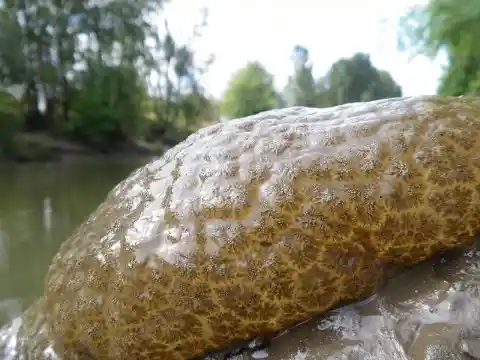
In fact, if you visit Stanley Park during the warmer months, you may just have the opportunity to see one of these oddballs of goo yourself!
3. Thriving Canadian Wildlife
Canada is known for its vast wilderness and thriving wildlife. It is also known for its wide variety of animals and diverse landscapes. In fact, there are over 70,000 different species of flora and fauna across the country’s 20 ecological zones.
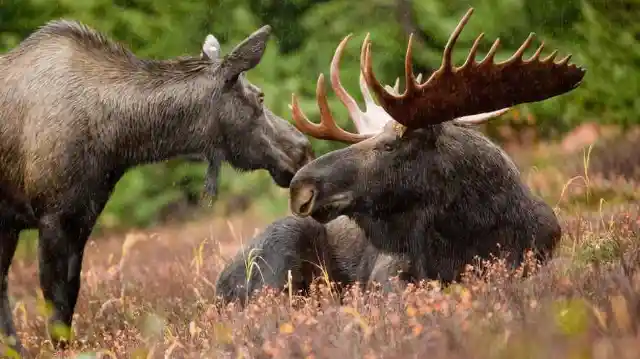
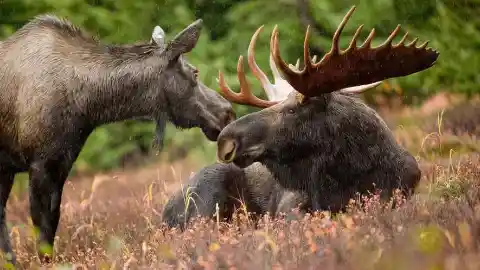
With such a vast array of animal and plant species, it should come as no surprise that there are new species just waiting to be discovered.
2. Low Population Density
One of Canada’s features is its low population density. Since the country is over four million square miles and only 35 million people live there, it means there are roughly only 10 people every square mile.

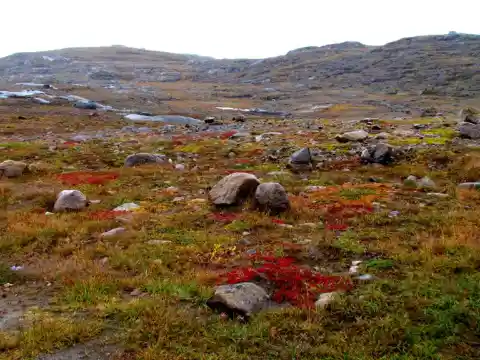
Of course, this is only accurate if everyone lived evenly dispersed, but most of Canada’s population is concentrated in major cities.
1. Wildlife on the Verge of Going Extinct
A major problem for Canada, that is a direct result of its low population density is that in higher populated areas, the wildlife has been forced out of their homes.
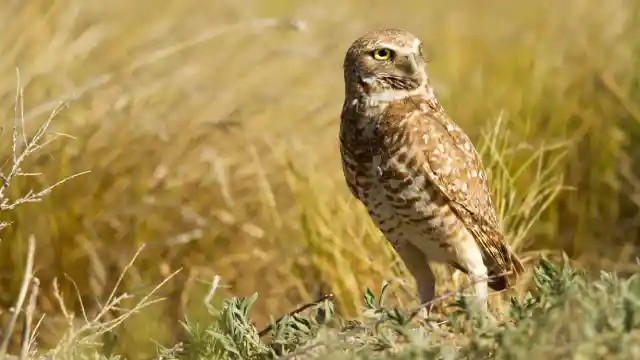
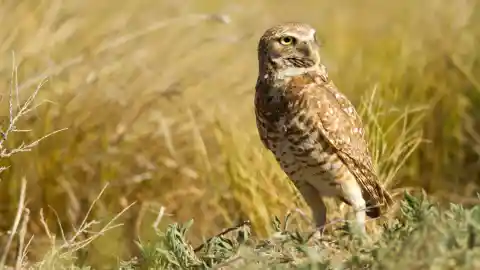
Currently, there are over 400 species in danger of extinction within the country. To say humankind has had a major impact on the natural environment in Canada would be an understatement.